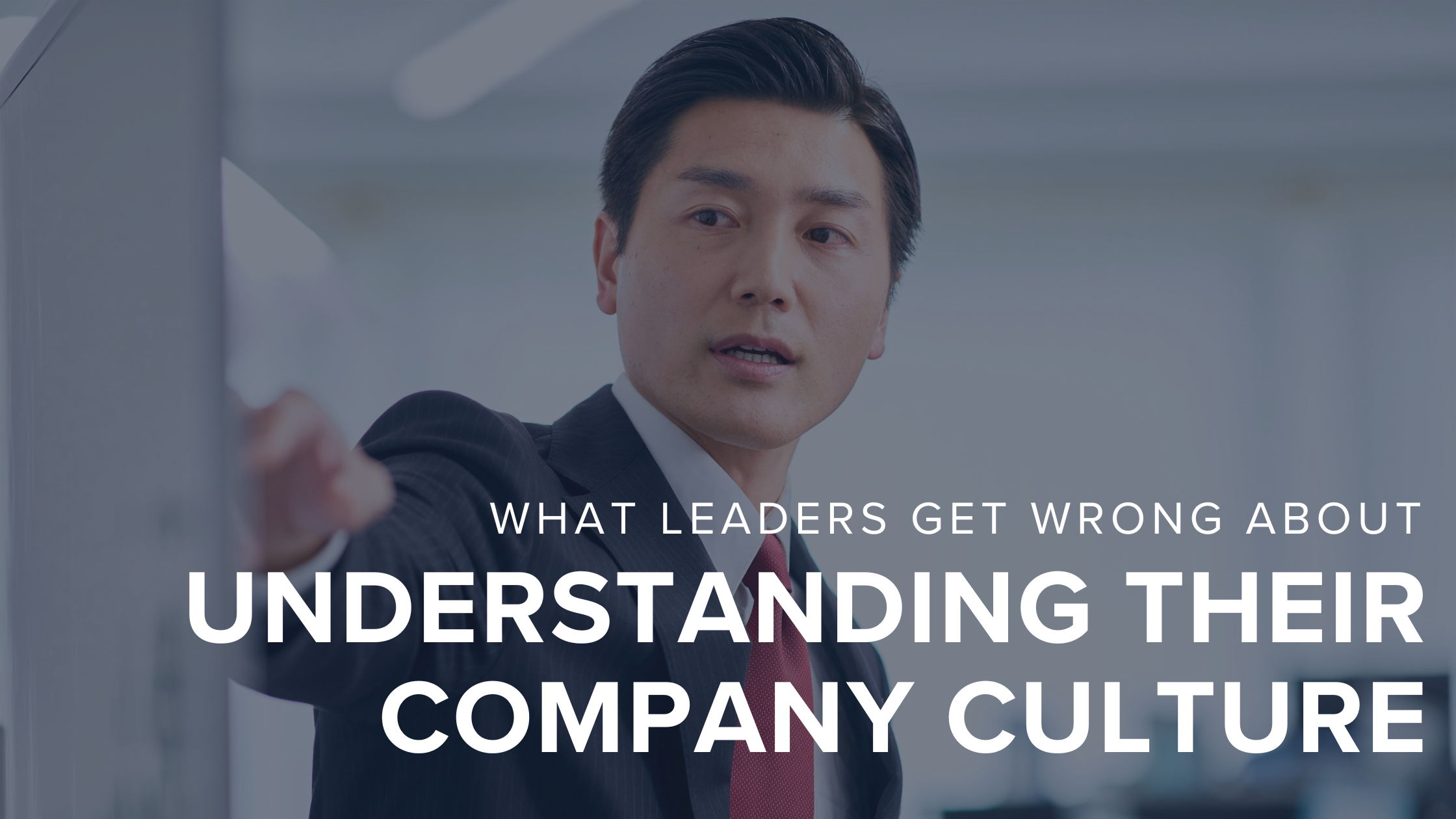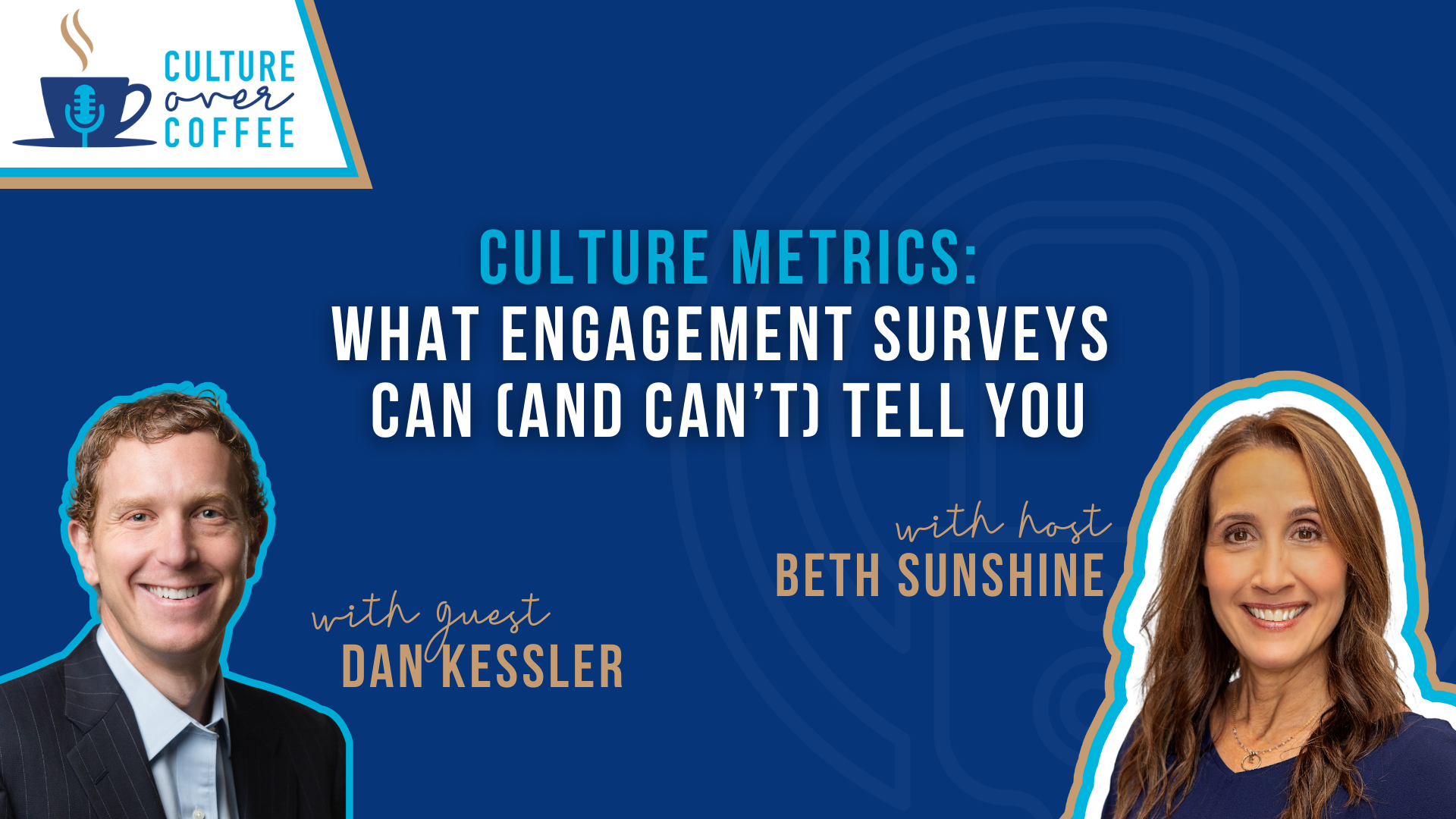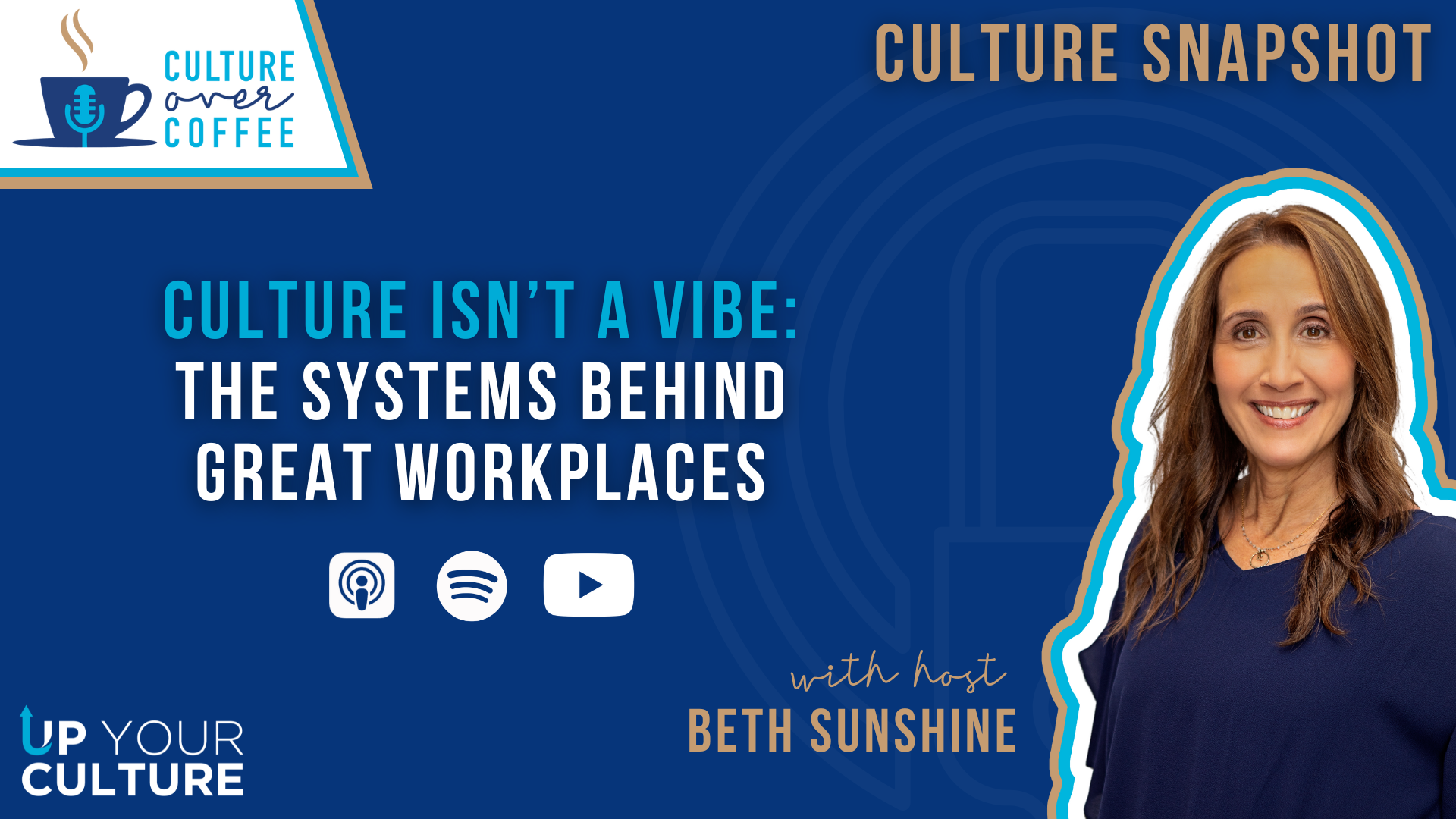
Ever wondered why some employees bounce into work with the enthusiasm of a kid in a candy store while others drag their feet like they’re heading to the dentist? The pivotal factor might just be purpose.
People need work that feels meaningful, and the sense of purpose they derive from their work is crucial to their engagement, productivity, and overall success. But what exactly is the connection between purpose and employee engagement, and how can companies foster this link to cultivate a thriving workplace?
Understanding Organizational Purpose
In 1962, President John F. Kennedy visited the NASA Space Center. During his tour, he spoke to a janitor carrying a broom and asked him about his job. The janitor responded with pride, "Well, Mr. President, I’m helping to put a man on the moon.” This simple yet profound statement highlighted the janitor’s sense of purpose in the work being done and his dedication to the role he played in the larger mission.
At its core, an organization’s purpose is its reason for being. It drives everything the company does, from strategic decisions to day-to-day operations. Simon Sinek, a renowned author and motivational speaker, emphasizes the importance of starting with “why” in his famous TED Talk and book, “Start With Why.” According to Sinek, companies that understand and communicate their “why” are more likely to inspire and engage their employees.
For an organization to truly benefit, its reason for being must resonate with all employees, much like how every NASA employee in 1962, from astronauts to janitors, was united by the mission of putting a man on the moon.
To achieve this, the purpose statement must be clear, compelling, and aligned with the company’s values and mission. When employees understand and believe in the organization’s shared mission, they are more likely to feel motivated, committed, and engaged in their work.
The Individual’s “Why”
While an organizational purpose is crucial, it’s equally important to recognize that each employee also has their own reasons “why” they do the work they do. This personal purpose is what drives them to get out of bed in the morning and give their best at work. It could be anything from providing for their family to achieving personal growth or making a positive impact on society.
Managers and company leaders play a vital role in understanding and supporting their employees’ individual purposes. By getting to know their team members and what drives them, managers can create a more personalized and meaningful work experience, enhancing employee engagement and fostering a sense of belonging and loyalty to the organization.
Bridging the Gap
So, how can organizations bridge the gap between the company’s purpose and the individual purposes of their employees? Here are a few strategies:
- Communicate the Purpose Clearly: Ensure that the organization’s purpose is communicated clearly and consistently across all levels of the company. This can be done through regular meetings, internal communications, and company-wide events. And no, a single email won’t cut it.
- Align Goals and Values: Align the company’s goals and values with its purpose. This helps employees see how their work contributes to the larger mission and feel a sense of pride and ownership in their roles. Think of it as connecting the dots.
- Encourage Open Dialogue: Create an environment where employees feel comfortable sharing their personal purposes and motivations. This can be facilitated through one-on-one meetings, team-building activities, and employee surveys. Remember, it’s not just about the annual review – it’s about real conversations.
- Provide Opportunities for Growth: Offer opportunities for employees to grow and develop in ways that align with both the company’s purpose and their individual goals. This could include training programs, mentorship, and career advancement opportunities. Because who doesn’t love a good growth spurt?
- Recognize and Celebrate Achievements: Recognize and celebrate employees’ achievements and contributions that align with the company’s purpose. This reinforces the importance of the purpose and shows employees that their efforts are valued and appreciated. A little recognition goes a long way – and no, a generic “Employee of the Month” plaque doesn’t count.
The Impact on Employee Engagement
A strong sense of purpose can create a positive and inclusive workplace culture. Employees who feel connected to the company’s purpose are more likely to collaborate effectively, support their colleagues, and contribute to a positive work environment.
When an organization successfully connects its purpose with the individual purposes of its employees, the impact on employee engagement can be profound which in turn leads to increased productivity, innovation, and loyalty. This is why employees who find meaning in their work are more likely to stay with the company long-term. Imagine the recruitment time and expenses that can be saved!
Driving Engagement Through Purpose
The link between purpose and employee engagement is undeniable. By identifying and communicating a clear organizational purpose and understanding the individual purposes of their employees, companies can create a more engaged, motivated, and loyal workforce.
As Simon Sinek aptly puts it, “People don’t buy what you do; they buy why you do it.” The same principle applies to employee engagement – when employees understand and connect with the “why” behind their work, they are more likely to be engaged and committed to the organization’s success.











Leave a Comment